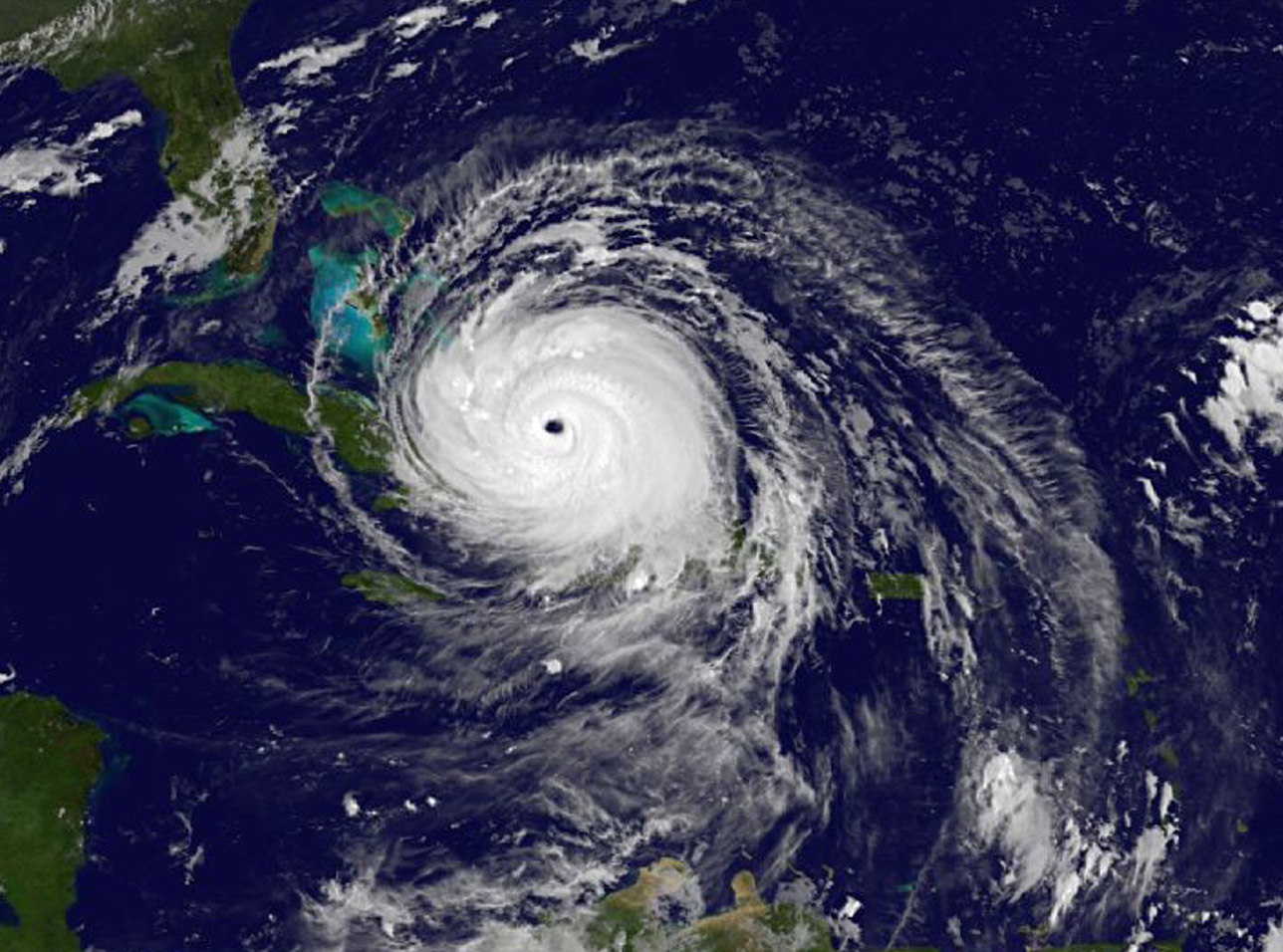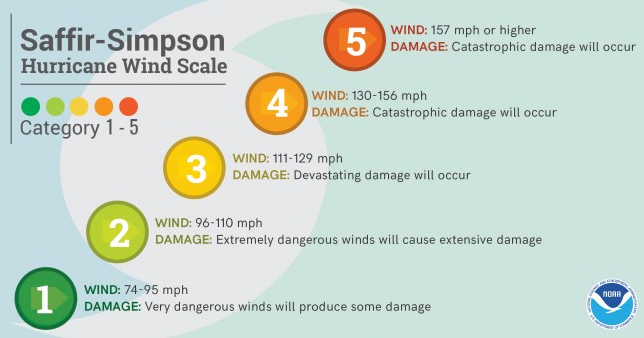NOAA Predicts Active Hurricane Season: Understanding the Categories

As of June 1, hurricane season is upon us. Almost without exception, we get the tail, shoulder or rump of one or two of the dozen or so that form up in the Atlantic between the Caribbean and Africa and bring so much destruction and misery with them as they thunder west and north.
We live on an island. And now an “average” season is worse than ever. This column is about that.
NOAA Issues 2022 Hurricane Season Prediction
The National Oceanic and Atmospheric Administration (NOAA) issues its initial 2022 hurricane season outlook in May. The agency is expecting an above-average season this year based on a 30-year period of record from 1991 to 2020.
“Major hurricanes” are defined as Category 3, 4 or 5 based on the Saffir-Simpson Hurricane Wind Scale (see table below.) Hurricanes that fall in these categories have sustained winds above 111 miles per hour and can cause catastrophic damage that could result in power outages and leave residential areas uninhabitable for several days to months.
Categories of Hurricanes
We’ve all heard the weather reporter state that “Hurricane ‘x’ is now a Category 3 hurricane and headed for ________.” What does that mean?

Putting Names on the Numbers
- Irene, 1999, CAT-3
- Sandy, 2012, CAT-3
- Floyd, 1999, CAT-4
- Georges, 1998, CAT-4
- Betsy, 1965, CAT-4
- Alicia, 1983, CAT-3
- Hugo, 1989, CAT-5
- Andrew, 1992, CAT-5
- Katrina, 2005, CAT-5
- Dorian, 2019, CAT-5
USCG hurricane aircraft reported Andrew, Katrina and Dorian had generated winds more than 200 mph at various times. Another term for CAT-5’s is, “Wrath of God.”
When looking at CAT-5s, no one is saying that there is no difference between a storm that brings 160-mph winds and one that reaches 190. The force of the winds goes up with the square of the velocity. In layman’s terms, that means a hurricane with 200-mile-per-hour winds has four times — not just double — the force of one with 100-mph winds

NOAA updates the statistics it uses for its prediction models once a decade. “This update allows our meteorologists to make forecasts for the hurricane season with the most relevant climate statistics taken into consideration,” said Michael Farrar, director of NOAA’s National Centers for Environmental Prediction, in a statement.
The official hurricane season runs from June 1 through Nov. 30, but storms can form before and after.